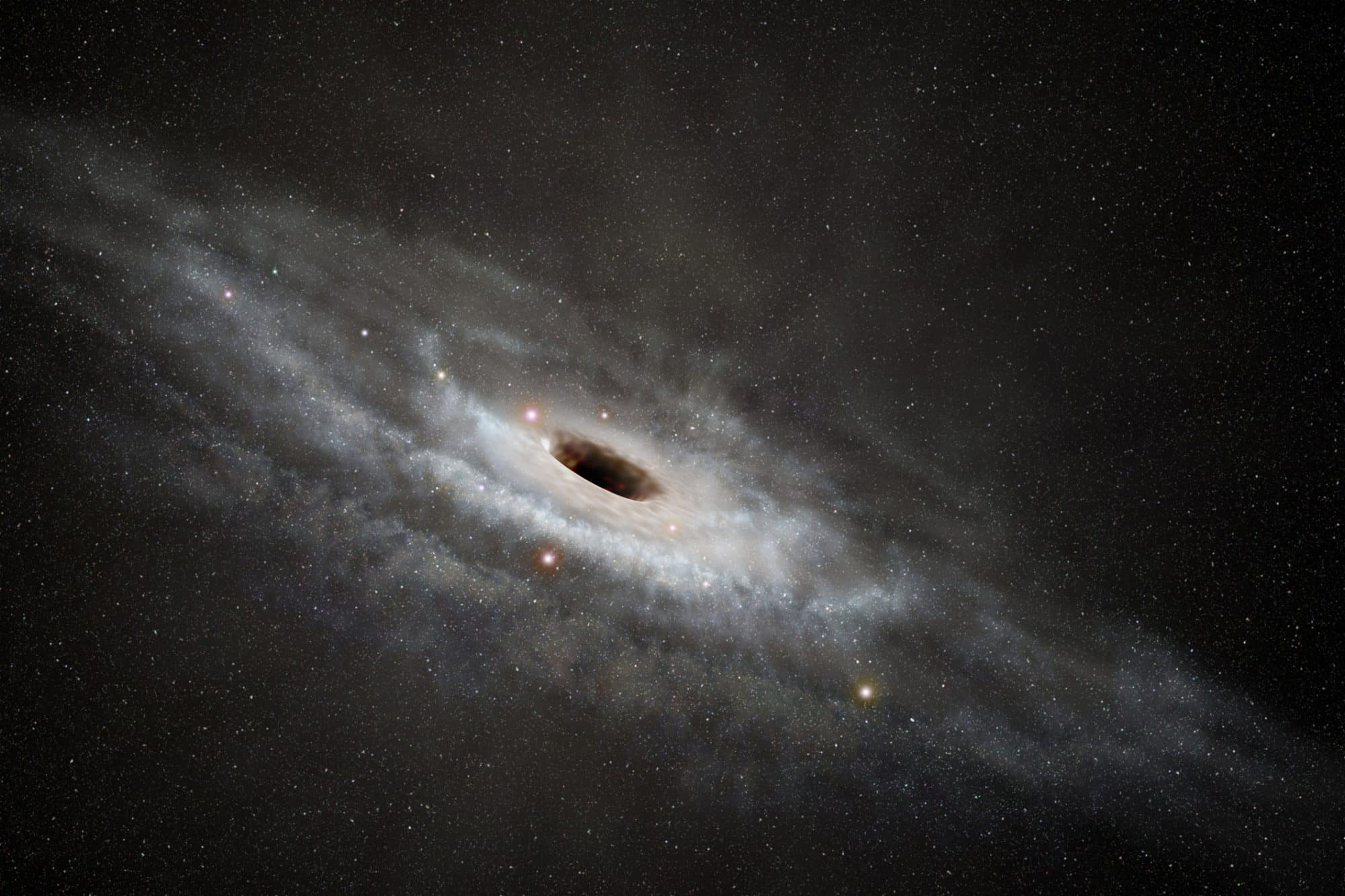Unveiling Hidden Supermassive Black hole

Recent astronomical research has unveiled the existence of hundreds of supermassive black holes that were previously hidden from view. These colossal entities, often obscured by thick clouds of gas and dust, have been detected using advanced infrared observations. While scientists have long theorized about their existence, these new discoveries provide a deeper understanding of how these celestial phenomena influence the evolution of galaxies and cosmic structures.
Infrared Observations Reveal Hidden Black Holes
A groundbreaking study published in *The Astrophysical Journal* details how researchers utilized data from NASA’s Infrared Astronomical Satellite (IRAS) and the Nuclear Spectroscopic Telescope Array (NuSTAR) to uncover these hidden black holes. Traditional methods of detection often fall short due to the dense gas and dust that obscure visible light emissions. However, by employing infrared and high-energy X-ray observations, scientists were able to identify hundreds of potential black holes that had previously gone unnoticed.
The infrared observations allow researchers to penetrate the thick clouds that typically block visible light. This innovative approach has opened new avenues for exploration in the field of astrophysics. The findings suggest that many of these supermassive black holes are located at the centers of large galaxies, where they play a crucial role in the dynamics of their host galaxies. The ability to detect these hidden giants marks a significant advancement in our understanding of the universe and the forces that shape it.
Rethinking Black Hole Visibility
Supermassive black holes, defined as having a mass at least 100,000 times that of the Sun, are believed to reside at the centers of most large galaxies. Previous estimates indicated that around 15 percent of these black holes were hidden from view. However, the latest findings suggest that this number may be closer to 35 percent or even higher. The reasons for this increased estimate include the orientation of the black holes and the dense material surrounding them, which can block visible light.
This new perspective challenges existing theories about the visibility of black holes. It raises important questions about how many more black holes remain undetected in the universe. Understanding the distribution and characteristics of these hidden entities is crucial for astrophysicists. It can help refine models of galaxy formation and evolution, providing a clearer picture of how galaxies interact with their central black holes.
Implications for Galaxy Formation
The implications of these discoveries extend beyond just identifying hidden black holes. Astrophysicist Dr. Poshak Gandhi from the University of Southampton has noted that the absence of a supermassive black hole in a galaxy like the Milky Way could lead to significantly more star formation. This suggests that supermassive black holes play a critical role in regulating the birth of stars within galaxies.
By combining archival data with advanced observational technology, scientists are gaining unprecedented insight into the prevalence and impact of these hidden black holes. The findings are expected to refine current theories of galactic evolution and provide valuable perspectives on the cosmos. As researchers continue to explore these celestial phenomena, they may uncover even more about the intricate relationship between black holes and the galaxies they inhabit.
Observer Voice is the one stop site for National, International news, Sports, Editor’s Choice, Art/culture contents, Quotes and much more. We also cover historical contents. Historical contents includes World History, Indian History, and what happened today. The website also covers Entertainment across the India and World.
Follow Us on Twitter, Instagram, Facebook, & LinkedIn

